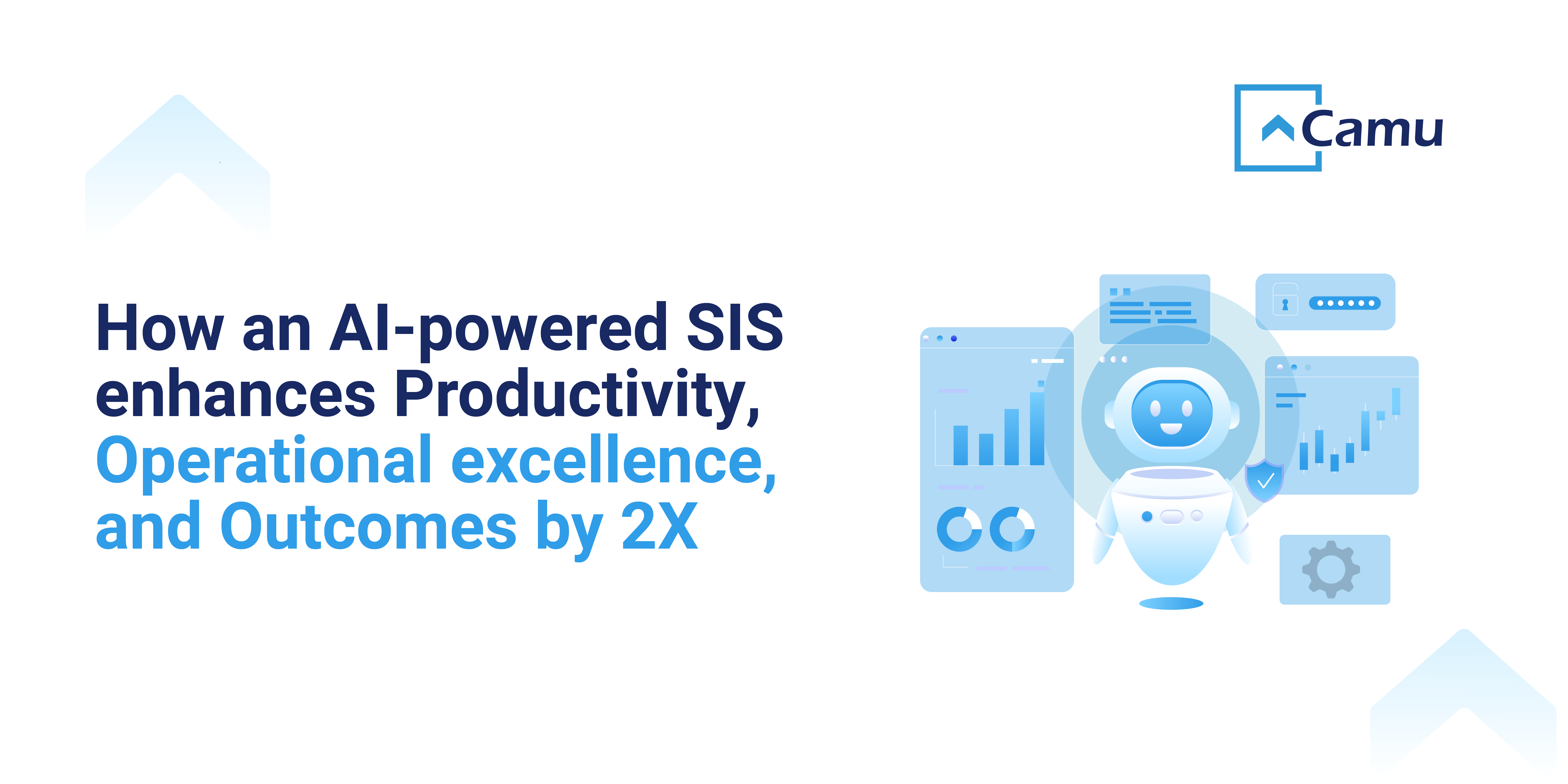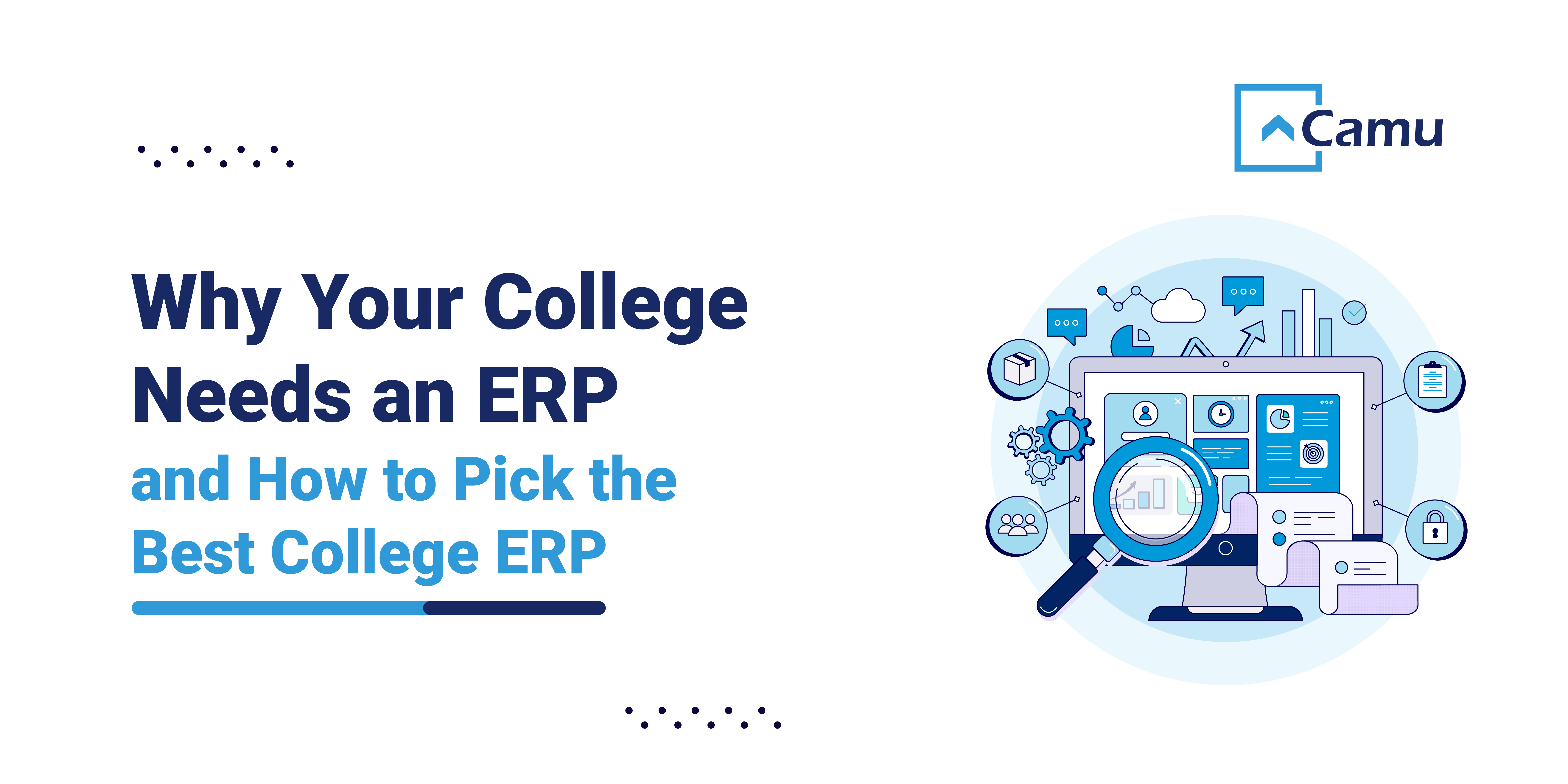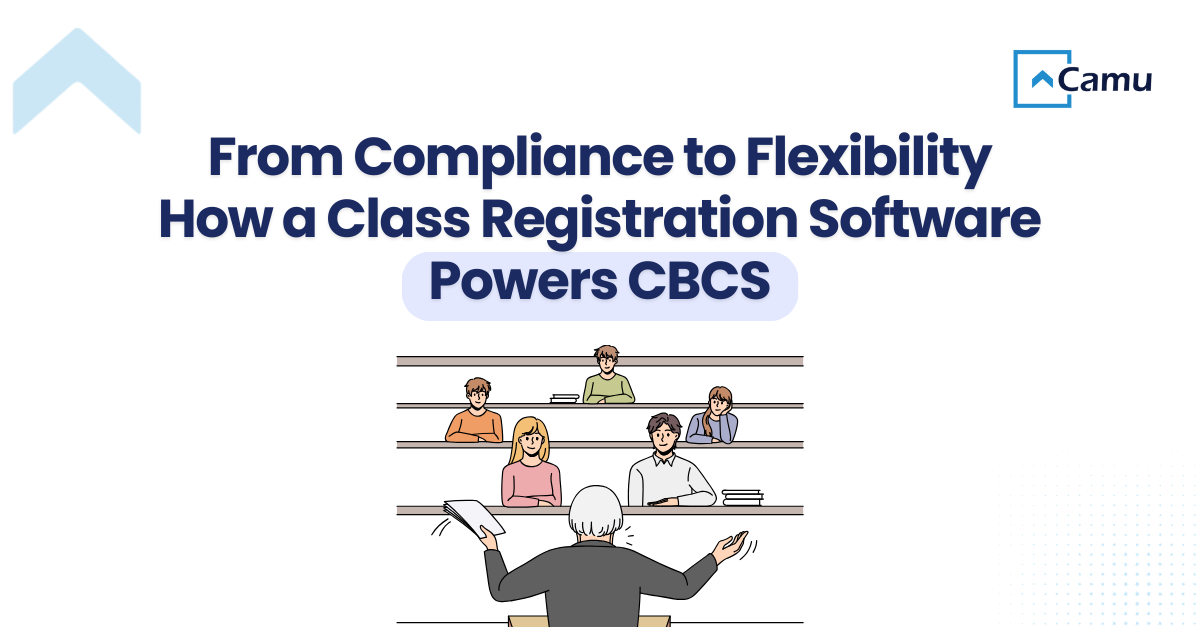Over the last decade, the way schools work has changed profoundly. The days when an institution could thrive with registers, manual fee collection, and disconnected apps for different functions are over. In the current digital era, administrators expect real-time data, teachers look for simplified tools, and parents demand accessibility.
A school management system software is more than just an administrative tool in this digital age; it enables schools to provide a better educational experience and guarantees their continued readiness for the future.
What is School Management System Software?
A school management system software is a comprehensive digital solution designed to automate and streamline both academic and administrative operations. It covers everything, including:
Student Enrollment
Timetable Management
Fee Management
Attendance Management
Library Management
All of this is made possible from a single, unified platform.
Core Features Every School Needs
When evaluating the right school management system software, it’s important to identify the features that bring the most value to your institution. Some of the must-haves include:
Student Information System (SIS): Centralized student records with convenient access and accuracy.
Attendance Tracking: Real-time monitoring with immediate notifications of absenteeism.
Gradebook & Report Card Generation: Performance reports that are automatically generated and customisable.
Fee Management: Automated reminders, immediate receipts, and online payments.
Communication Tools: Teachers, administrators can collaborate directly through apps.
Timetable Management: Simple customisation and scheduling without conflicts.
Mobile App Access: A link for all parties involved at any time and from any location.
Data Security and Compliance: Regular backups, access control, and encryption.
ERP vs. Multiple Tools: Why Unification Matters
A common mistake made by many universities is to use different platforms for learning management, grading, and admissions. Although this might be effective in the near term, it frequently results in dispersed data, increased operational expenses, and integration issues.
This is resolved by integrating operations through an ERP (Enterprise Resource Planning) system. Nevertheless, the majority of ERPs do not provide effective teaching and learning resources. At this point, Camu goes one step further by including an integrated Learning Management System (LMS) in addition to ERP for administration.
As a result, schools can easily handle administration and academics without having to deal with several providers.
The Hidden Advantage of a Unified System
Schools gain a hidden edge when admissions, academics, communication, and fee administration are all integrated onto a single platform: clarity and control. Duplicate entries, missing updates, and departmental confusion will all be eliminated.
Teachers save time on administrative duties, parents receive clear updates, and administrators get a 360-degree, real-time view of their institution. Most importantly, it ensures that the academic purpose is never hampered by operational challenges.
Why Schools Can’t Afford to Wait
Without a modern school management system software, institutions run the danger of inefficiency, noncompliance, and dissatisfied stakeholders. The question is no longer whether schools need a modern system; it’s how quickly they can implement one.
Camu's all-in-one school management system software allows organizations to stay ahead of the curve and change operations today. Adopting unified systems like Camu gives schools agility, data-driven insights, and the capacity to provide parents and students with an exceptional experience.
In summary, implementing a digital campus that is prepared for the future is now a matter of “when” rather than “if.” The sooner schools adopt it, the sooner they can concentrate on providing high-quality instruction, which is what really counts





